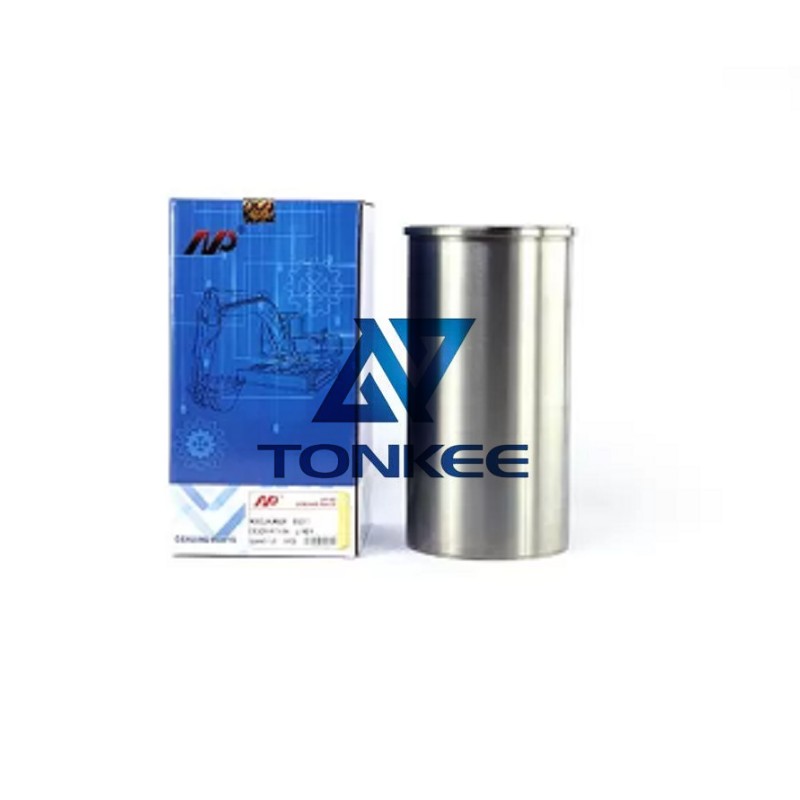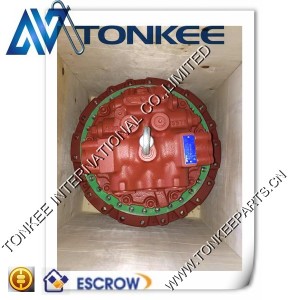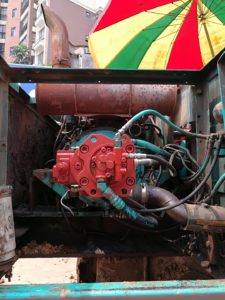
Cylinder liners for ISUZU 6SD1, 6BG1, 6BD1, and 6BB1 engines are typically made from high-quality cast iron or other alloys designed to withstand the extreme temperatures and pressures within the engine.
These materials are chosen for their excellent thermal conductivity and resistance to wear and corrosion.
Function:
The primary function of a cylinder liner is to provide a smooth, durable inner surface within the engine block. This surface is where the piston moves up and down during the engine's operation. The liner serves as a protective barrier between the piston rings and the engine block, preventing direct contact that could lead to wear and damage.
Compatibility:
Each of these engine models, 6SD1, 6BG1, 6BD1, and 6BB1, has specific cylinder liner designs tailored to their unique requirements. These liners are precision-engineered to fit perfectly within the engine block, ensuring a tight seal to prevent combustion gases from escaping into the engine's crankcase.
Cooling and Lubrication:
Cylinder liners in these engines are often designed with cooling and lubrication channels.
These channels allow for the passage of coolant and engine oil, which helps regulate the temperature and reduce friction between the piston rings and the liner, improving efficiency and longevity.
Wear Resistance:
The liners are designed to resist wear and scoring, ensuring that the engine can operate continuously under heavy loads and in challenging working conditions. The high-quality materials used in their construction contribute to their longevity.
Over time, cylinder liners may wear out or develop damage due to the intense conditions they endure. Replacing cylinder liners is a crucial aspect of engine maintenance. Proper maintenance can extend the life of the engine and maintain its efficiency.
Performance Benefits:
Well-maintained cylinder liners contribute to the overall performance of the engine. They help maintain proper compression and prevent oil and coolant leakages. This ensures that the engine operates efficiently, producing adequate power and reducing emissions.
Cost-Effectiveness:
Regular inspection and replacement of cylinder liners when necessary can be a cost-effective approach in the long run. It prevents more significant engine damage and reduces downtime, ultimately saving money for equipment owners and operators.



 English
English Русский язык
Русский язык





